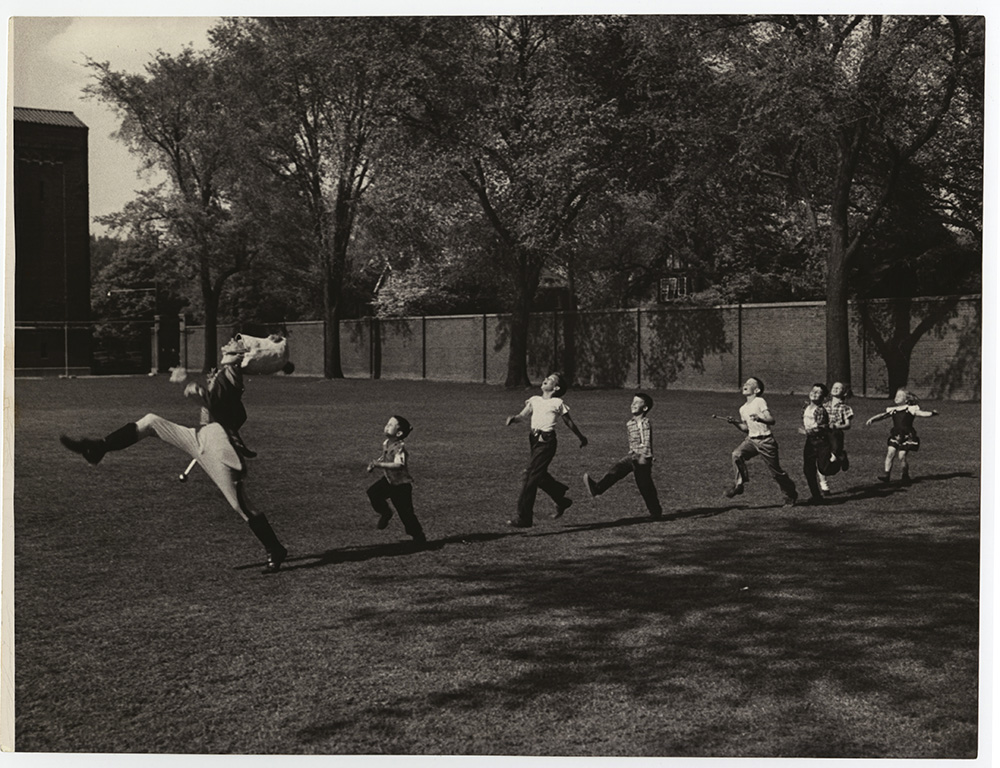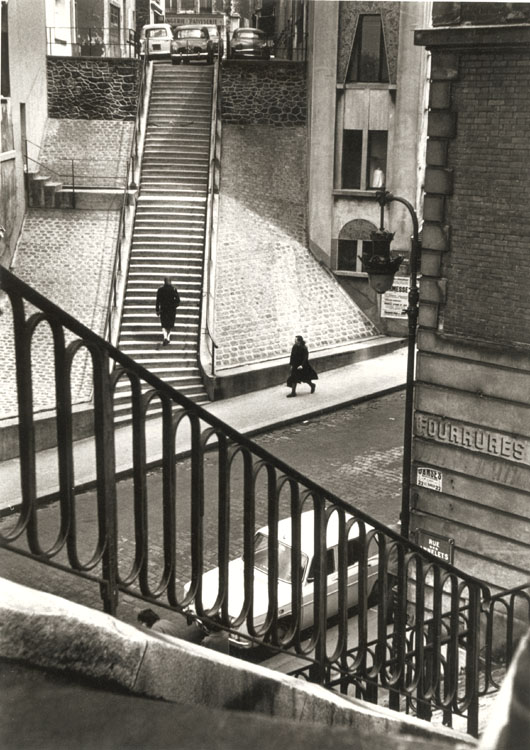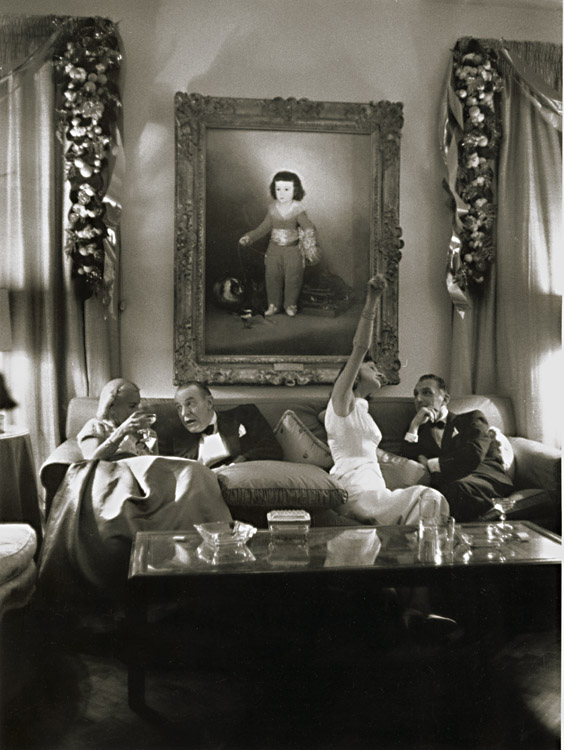
Trees in Snow, near St. Moritz, Switzerland
Alfred Eisenstaedt (1898 – 1995)
Of his life’s work, he said, “My God, it’s unbelievable.”
His day begins at 4:30am – “I don’t like to be rushed.”
But the eyes of Alfred Eisenstaedt see things very quickly. “I have a short circuit between my eyes and my fingertips, bypassing any delaying conference with my brain.”
Eisie, as he is known to his friends, was born on December 6, 1898, in Dirschau, West Prussia, now part of Poland. He has taken more than a million photographs since he picked up a camera in earnest at the age of 29. Fascinated by the long shadows cast by the afternoon sun, he shot what was to be his first published picture – a woman playing tennis -- for which he received 12 1/2 marks, about $3.00. “My God, I didn’t know you could get money for pictures. This was the decisive point when the photo bug hit me. I could see the possibilities. This started me to look at the world in a very different way. Ever since, sometimes I look with telephotos eyes, sometimes with wide-angle eyes.”
Among the first to use a 35mm camera, Eisie took candid photographs with available light, and he helped define the art of photojournalism. His pictures let people and events speak for themselves and he has said, “His job was to find and catch the storytelling moment.”
In 1935 the “Father of Photojournalism” emigrated to the U.S. and became one of the four original photographers at LIFE magazine, where he produced over 2,500 assignments and 92 covers. A witness to our time – the title of one of his 13 books – Eisie has photographed more of the world’s famous faces and has had more photographs published than anyone else. His secret? “I never boss people around. Never take a picture they object to. It’s more important to click with people than to click the shutter.”
Eisie has said, “I have found that the most important element in my equipment is not an expensive camera or a unique lens but patience, patience, patience. If you don’t know how to stand knee-deep in water for hours or sit broiling in sunshine while mosquitoes buzz around your head, remaining absolutely motionless yet relaxed and alert, you are finished before you start. It is a question of temperament more than technique.”
A telegram he sent from Tokyo in 1946 is emblematic of his work habits and enthusiasm: “Able to get complete coverage and working from dawn to dusk, even without eating lunch, afraid of missing something.” And in 1963, when he was sent to Paris on assignment, he was asked what he did at night; his reply, “Gave longer exposures!”
A chronic worrier about equipment and working conditions, he never traveled without a thermometer, barometer, hydrometer, and compass so he could predict the weather and know where the sun would rise.
While vacationing on Martha’s Vineyard – his place of rest and play since 1937, a place to perform his “photographic experiments” and to enjoy and photograph the surrounding island beauty and culture - Eisie died on August 23, 1995 at the age of 96.
Eisie, may the sun never set on you.
- Marthe Smith
Exhibited and Sold By
Contemporary Works / Vintage Works, Ltd.
258 Inverness Circle
Chalfont, Pennsylvania 18914 USA
Contact Alex Novak and Marthe Smith
Email info@vintageworks.net
Phone +1-215-518-6962
Call for an Appointment














Share This